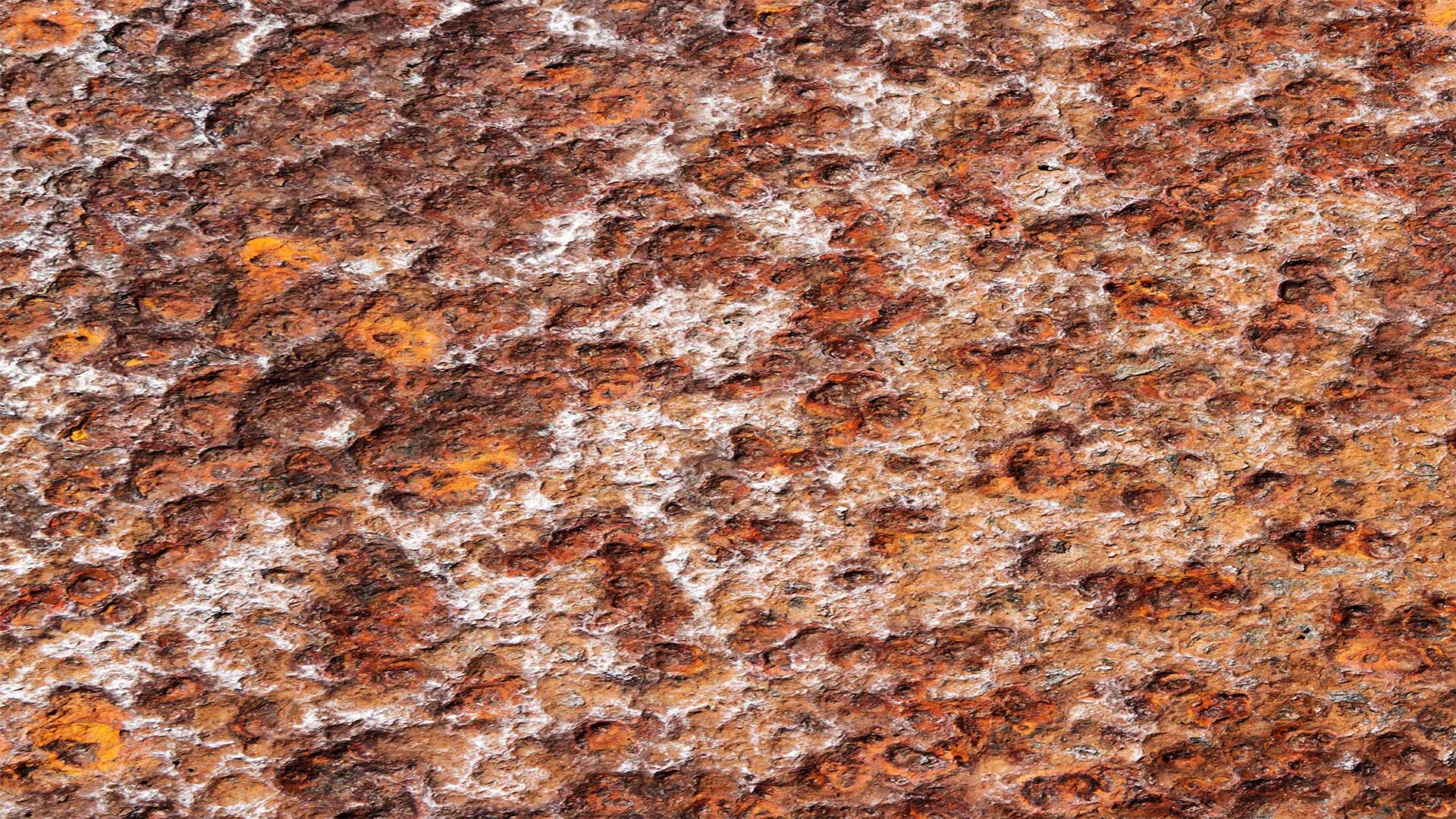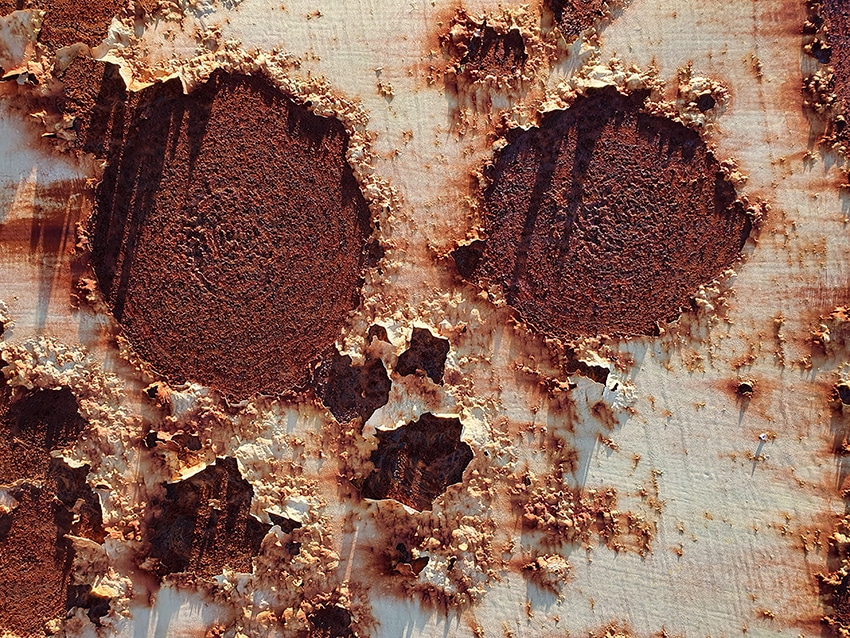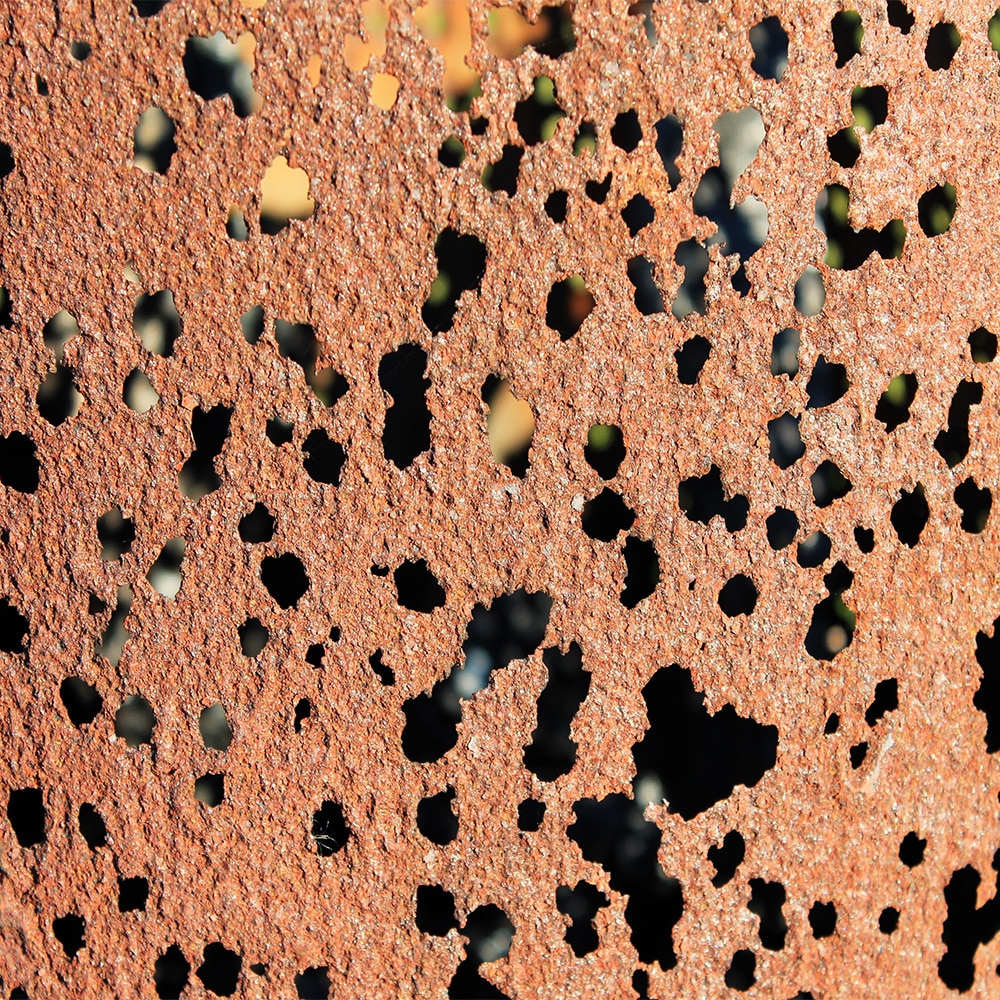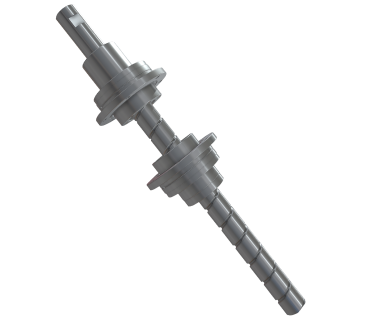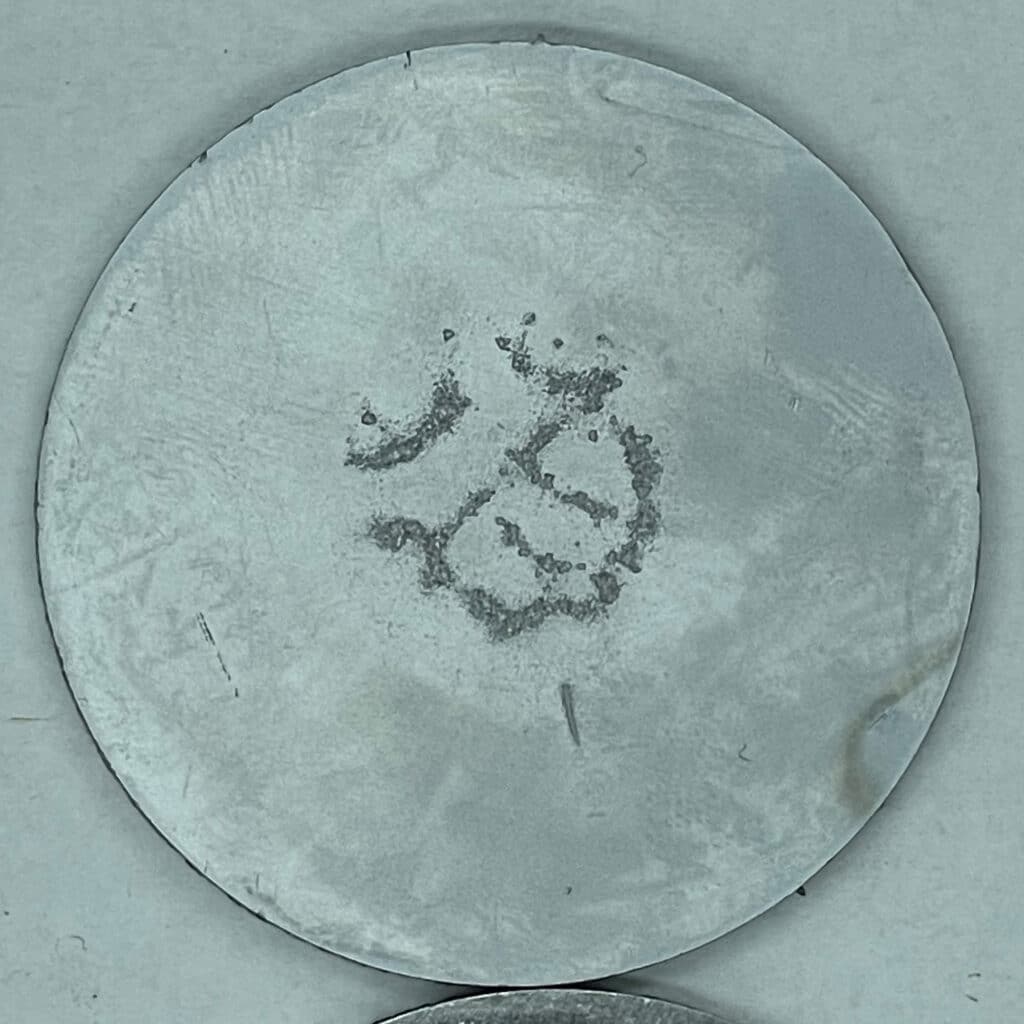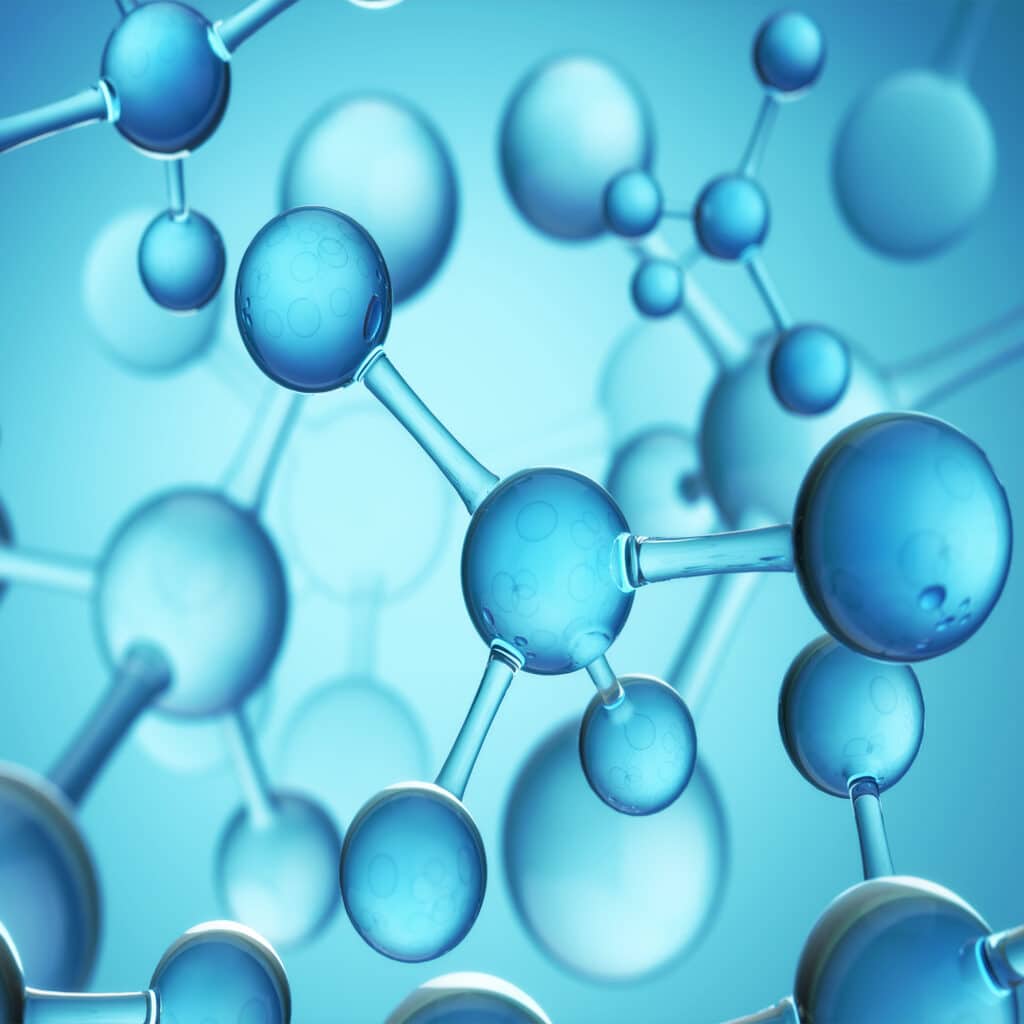Pitting corrosion is a localized form of corrosion that creates small but deep cavities in metal surfaces, often due to chloride exposure, stagnant fluids, or material defects. Effective solutions involve both repair techniques and preventive strategies:
Repairing Pitting Corrosion:
- Mechanically remove pits via grinding, polishing, or blasting to eliminate affected material.
- Fill or resurface deeper pits with welding or metal-filled epoxies when structural integrity is compromised.
- Reapply protective coatings such as chromium, nickel, epoxies, or paints to restore corrosion protection.
Preventing Future Pitting:
- Use corrosion-resistant alloys with high PREN values, such as 316 or duplex stainless steels, instead of lower-grade 304 stainless.
- Design components to eliminate crevices, promote drainage, and reduce fluid stagnation.
- Apply barrier coatings or corrosion inhibitors in high-risk environments (marine, food processing, chemical washdowns).
- Schedule regular inspections and flush out salt or chemical residues to reduce localized attack.
These steps are especially important in heat exchangers, pumps, tanks, and stainless piping systems, where pitting can lead to failure even if general corrosion appears minimal.
